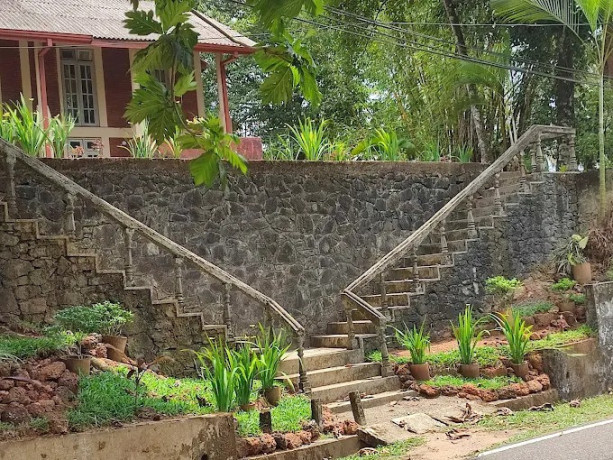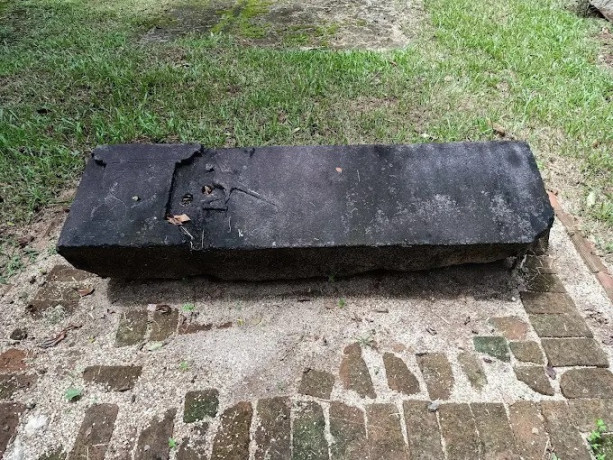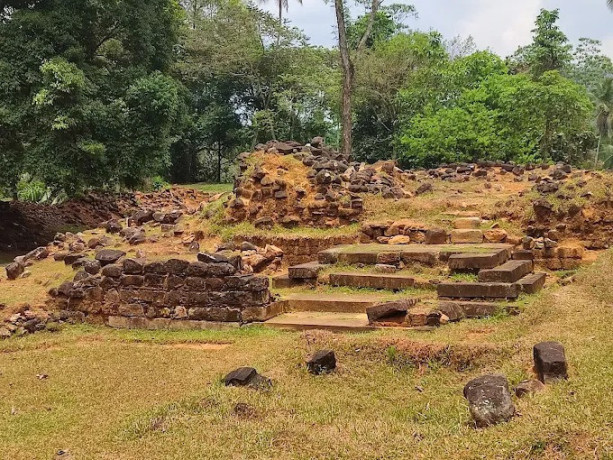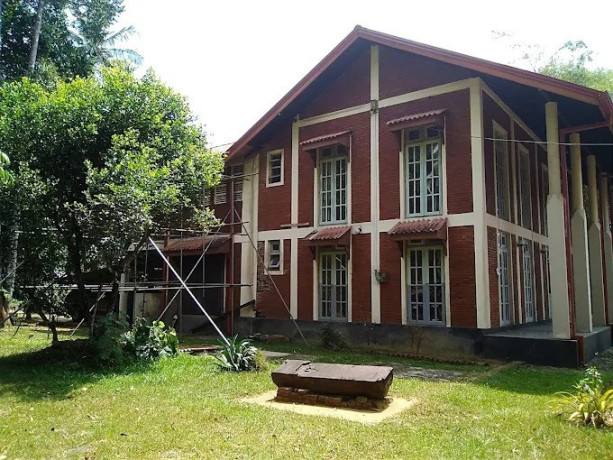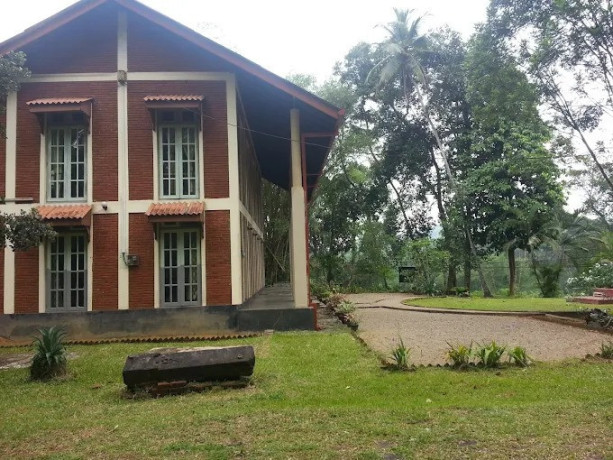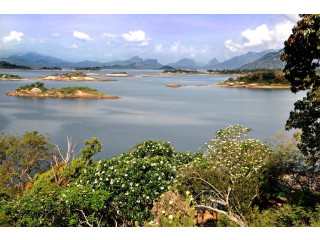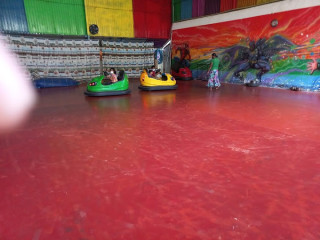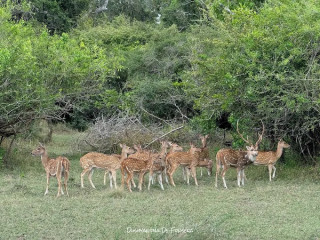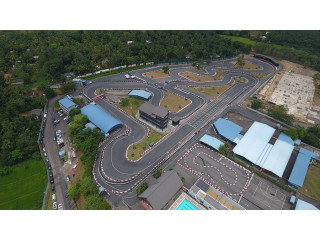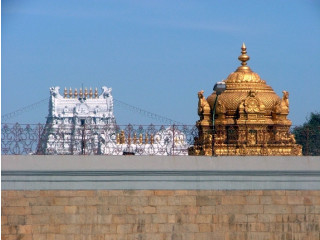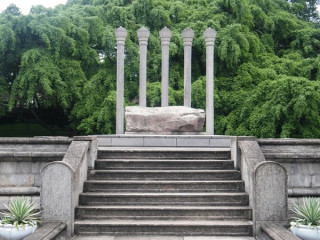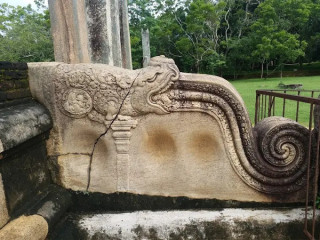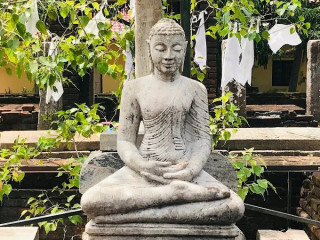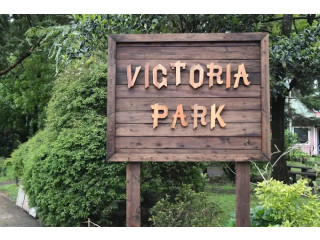Seethawaka Raja Maligawa: A Historic Fortress of Royal Heritage and Spiritual Significance
Sep 16th, 2024 at 15:29 Tourist Attractions & Places Avissawella 305 views Reference: 3572Location: Avissawella
Seethawaka Raja Maligawa, also known as the Seethawaka Royal Palace, is an important historical and cultural site located in Sri Lanka. Situated in the lush region of Seethawaka, this ancient palace complex holds deep historical and architectural significance, reflecting the grandeur of Sri Lanka’s royal past.
The Seethawaka Raja Maligawa was once a majestic royal residence during the reign of King Vidiya Bandara in the late 16th century. The palace was known for its impressive architecture and strategic location, set amidst the verdant landscape of the area. The remnants of the palace reveal the sophistication and elegance of ancient Sri Lankan architecture, with intricate stone carvings, ancient inscriptions, and well-planned layout.
The palace grounds include several significant features, such as the ruins of the royal quarters, defensive walls, and ceremonial areas. These remnants provide a glimpse into the grandeur of the royal court and the historical importance of Seethawaka as a center of power and culture. The site also includes the remains of ancient water management systems, which highlight the advanced engineering skills of the time.
In addition to its historical importance, Seethawaka Raja Maligawa holds cultural and spiritual significance. The site is often associated with various local legends and historical events, adding to its rich heritage. Visitors to the site can explore the ruins and learn about the historical context through informative displays and guided tours.
The serene environment surrounding Seethawaka Raja Maligawa, with its lush greenery and tranquil atmosphere, provides a peaceful setting for reflection and exploration. The site is a valuable destination for those interested in Sri Lanka’s royal history, architectural heritage, and cultural traditions.
Seethawaka Raja Maligawa stands as a testament to Sri Lanka’s royal heritage and historical depth. Its combination of architectural elegance, historical significance, and serene surroundings makes it a meaningful destination for visitors seeking to connect with the island’s rich cultural legacy.
